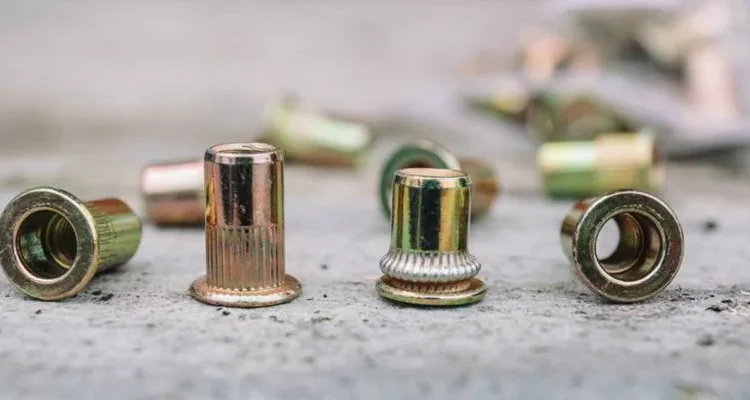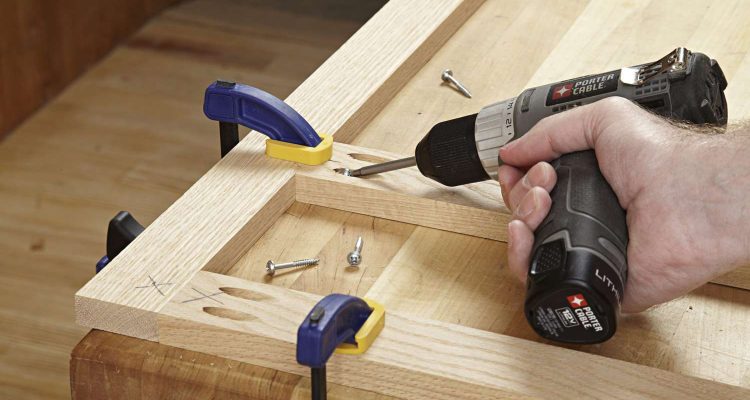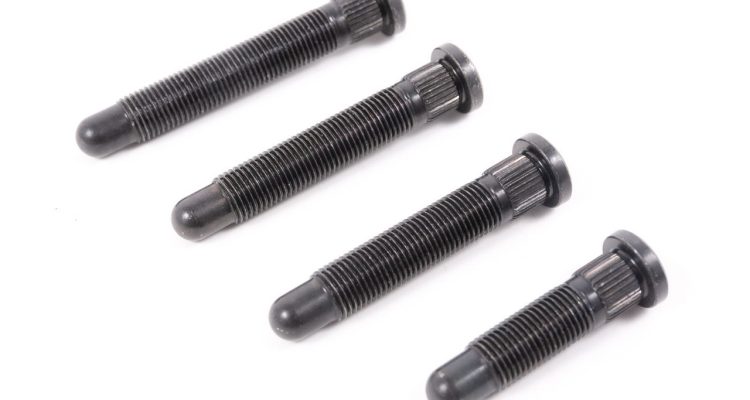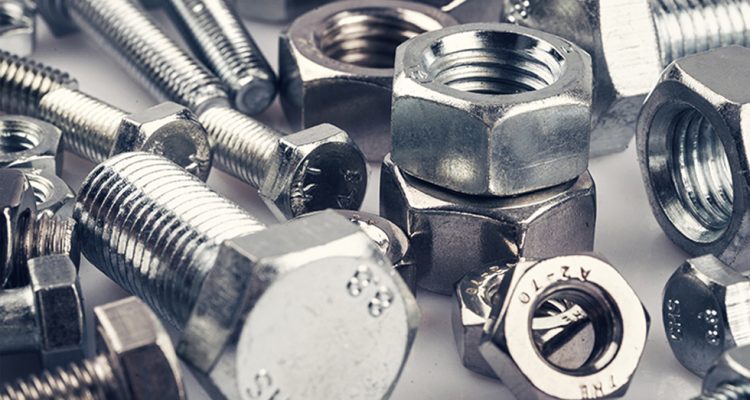
5 Customized Bolt Head Shape Classifications
Custom bolt head shape classifications provide tailored solutions for diverse engineering needs.
Hexagon Head Bolts
Hexagon head bolts, more commonly known as hex bolts, are one of the most frequently employed fasteners in the construction and manufacturing domains. Their head has a form of a hexagon, which provides a convenient interface to tighten and loosen it using a wrench or a socket. Hex bolts are applicable with a variety of materials and have the option of partial or full thread. Additionally, there are several manufacturing methods, such as hot forming, wire bending, or cold forming. This paper discusses the properties and characteristics of hexagon head bolts.
Materials and Grades
Hex bolts can be made of such materials as carbon steel, stainless steel, and alloy steel. However, the choice of material depends on the desired strength and application requirements, such as to be fire-resistant or corrosive-resistant. As for different grades of the product, the most common are ASTM A307, ASTM A325, and ASTM A490 with different mechanical properties.
Sizes/Dimension
The bolts are produced in a variety of sizes to meet the demands of different applications. As a rule, the diameter varies between 1/4 inch and 4 inches, while the length can be from less than an inch to several feet. The typical dimension standard is described in ASTM, ISO, or DIN specifications.
Applications
This type of bolt is utilized in many industries, including but not limited to construction, automotive, machinery, and infrastructure projects. It is normally used to connect different elements of construction, machinery, and equipment. Furthermore, this type of bolt is used in dynamic applications to avoid the failure of the joint.
Process of installation
The process of installing this kind of bolt requires drilling a hole in the part and then concurrently aligning and installing the bolt into the hole. It should then be tightened with force, a level of which is predetermined with either the tightening of the screw or the color of a paint. The bolt should not be unreasonably tight.
Advantages and Concept
The benefit of using this kind of bolt is the ease of installing it, high level of strength, and resistance to corrosion. It is typically installed in settings with higher tension especially in areas where vibrational force is a regularity. However, it is important to bear in mind the value of the properly determined torque and ensure that thread engagement is sufficient and not too long. Finally, such factors as rust and humid environment should be avoided. Regular checking is required to assess the levels of wear.
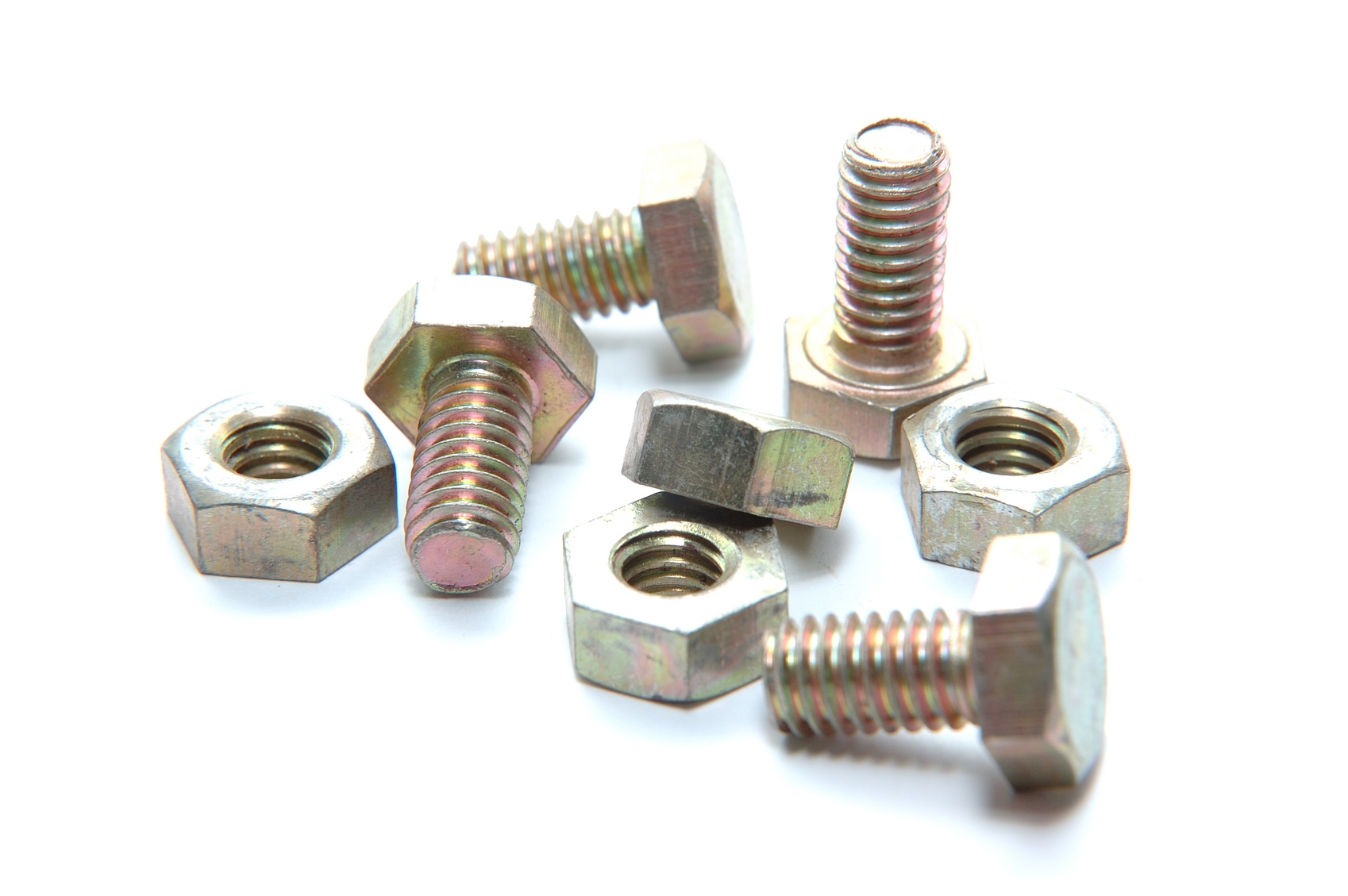
Nuts & Bolts at best price in Pune by Mayura Traders
Round Head Bolts
Round head bolts, or button head bolts, are fasteners with rounded head shapes. They provide a pleasing appearance and secure fastening in many applications.
Materials and Grades
Round head bolts can be made of stainless steels, brass, and aluminum. The material choice depends on such factors as corrosion resistance, strength requirements, and visual appearance. Common grades of round head bolts are ASTM A307, ASTM F593, and ASTM B211. Sizes and Dimensions
Round head bolts come in various sizes and dimensions for many purposes. They are often designed for a specific application and can be used in various areas and fields. The diameters range from #4 to 1 inch with lengths varying between one eight of an inch and several inches. The dimensions are standardized in accordance with the industry standards exacted by ASME, DIN and other organizations to ensure that the nuts and other fasteners fit the bolts.
Applications
These bolts can be used in many fields including furniture assembly, automotive manufacturing, and electronics. They are commonly used with nuts and washers to secure fastening. They are used in applications requiring a pleasing appearance like decorations, architectural hardware, and connectors.
Installation Process
Requiring moderate attention to detail, the fasteners bolt holes in a clean or pre-drilled hole. The process of installation involves the drilling of a pilot hole so that the aligned parts do not buckle when bolted. The bolt is then inserted through the hole or holes and screwed. They can be tightened using a wrench or a socket. Caution has to be exercised when applying force to the bolts to avoid material damage.
Advantages and Considerations
The bolts have some considerable advantages such as low-profile design of bolt, pleasingly smooth appearance, and simple installation; these should also be considered with such disadvantage or consideration points as head clearance or maximal head size, thread engagement, and load bearing. To ensure reliable operation they should be inspected and maintained regularly.
Square Head Bolt
Square head bolts are one of the types of fasteners which have a square-shaped head that makes them distinctive. Moreover, they are commonly used in heavy-duty applications since their head allows receiving high torque on it. One more benefit of these bolts is that they normally have more wrenching area compared to hex bolts. This feature makes them appropriate for those cases when accessibility is rather scarce. It should also be noted that according to the material used square head bolts can be distinguished into several types.
Materials and Grades
There are three main types of materials used for the manufacture of this type of fastener:
carbon steel;
alloy steel;
stainless steel.
This classification is based on the requirements to the level of strength and the necessity of corrosion resistance of fasteners. Correspondently, bolts that have different materials can be subject to thus-required demands. Therefore, the most common grades are ASTM A307, ASTM A325, and ASTM A449, and they are determined by specific mechanical properties.
Sizes and Dimensions
Their sizes and diameters are also under regulation. The diameter of this type of bolt varies between 1/4 inch and 1-1/2 inches. Its length may also change from fractions of inches to several feet. Moreover, their dimensions are standardized according to either ASTM or ASME in order to be nuts and other fasteners friendly.
Applications
High hardness and resistance to fatigue loading of square head bolts normally require high strength thus making them appropriate for use in construction, machinery, and railroad domains. They are widely used in these applications because they should be connected via fasteners of extreme strength since they deal with extreme loads. Thus, they can be used for various types of those connections starting with structural ones, such as timber framing or installing of heavy machinery.
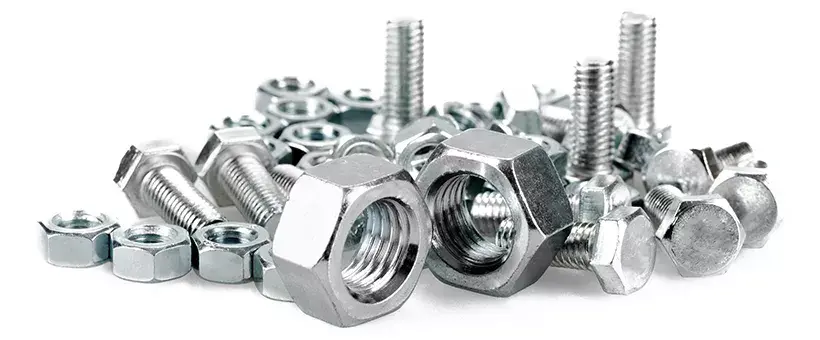
What are the different types of nuts and bolts
Tapered Head Bolts
Tapered head bolts are also called countersunk bolts. The head of the bolt is tapered down gradually towards the shank. For this type of bolt, the head is drawn back into the installed material and creates a smooth finish. These bolts are used frequently in applications where a smooth finish is required or where a protruding fastener may cause problems.
Materials and Grades
The material for countersunk bolt varies and there are stainless steel, brass, and aluminum materials for its make. The materials ensure better performance in the bolts as it helps reduce resistance and gives a good appearance. There are also a number of grades of tapered head bolts including ASTM A307, ASTM F593, and ASTM B211 grades, which tend to have specific mechanical properties.
Sizes and Dimensions
Tapered head bolts come in a variety of sizes and dimensions to accommodate different applications. The standard diameter of the head varies from 3/16 inch to 2 inches while the length also fluctuates from a fraction of an inch to a number of inches. The dimensions are based on ASME and DIN standards, making sure that corresponding countersinking holes and washers are also compatible.
Applications
Countersunk bolts are common in wood, cabinet, and steel applications. They are also used in fastening materials such as wood, plastic, and steel. The fastener offers a reliable connection and a smooth reduction. Some of the common applications of the tapered head bolt include furniture, door hardware, and panel fast. Install countersinking bolts require drilling a hole in the surface, allowing the brushed head to be placed in the hole and twisted with a suitable wrench such as a screwdriver.
Installation Process
Preparation is critical when installing tapered head bolts. The hole should be bored to match the diameter and depth of the bolt head. Adventures are normal during the plate installation process as improper boredom can lead to a non-flat affective bolt installation. The bolt is then properly aligned with the hole and wrenched in with a suitable wrench. One must also consider the torque requirements; a medium torque applied to the material is often sufficient. Common types are lubricated and dry countersunk bolts.
Benefits and Considerations
Countersinking bolts have many advantages such as the plastic installation of the high-quality brush finish with a flat appearance. These fasteners are also less likely to be damaged by exposure or other materials on the surface. However, when considering these factors, one should consider their compatibility with various materials in the manufacturing process. The installation of such bolts in the material or the removal of the installation material is almost impossible. For this reason, caution must be taken to ensure that the fastener installation process is carried out correctly. Check the bolt regularly to ensure it is safely installed and grade to avoid corrosion issues.
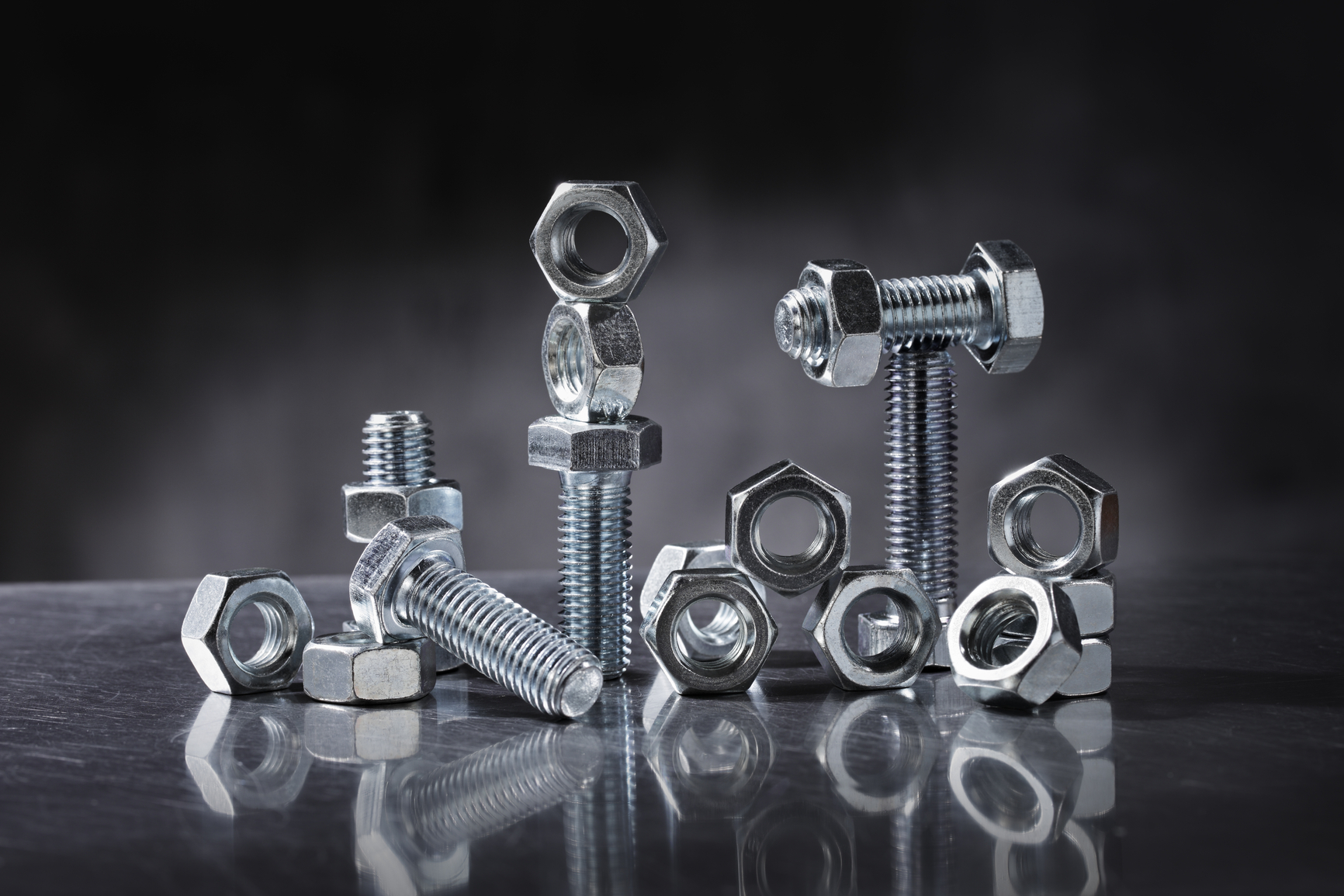
An Overview Of Nut And Bolt Compatibility
Cross Head Bolt
Cross head bolts, also known as Phillips head bolts, are fasteners with a unique cross-shaped recess or head and their length is typically based on diameter “in inches”. According to American Fastener, “Cross head bolts are one of the most common fasteners used in many applications and are widely available”. Generally made from a variety of materials such aluminum, alloy steel, stainless steel, medium-carbon steel, brass, etc., their selection depends on factors including “tensile and yield strength, hardness, and corrosion resistance, as well cost”. Some common grades of cross head bolts are “A307, Grade 2, Grade 5, B8, and B8M, A2, A4, and F593 grades”.
Sizes and Dimensions
Standard dimensions and sizes are determined in accordance with recommendations and requirements of six recognized standards – F593, ASEM, F7882, B 18.3, MIL, and DIN. Head diameter ranges typically from “#0 to #3” and the lengths traditionally change from fractions of an inch to a few inches. Based on industry standards, the diameter for the selected screwdriver is as follows: maximum.280 for #0 and.3116 for #3. The same logic is applied to “head height, diameter clearance, and square recess dimensions” except that the dimensions are based on the corresponding screwdriver. As for head, shank, and thread full size configuration and other design details, they are described and governed by specific standards.
Application
Cross head bolts are used in a large number of applications, from furniture to electronics manufacturing or automotive. In most cases, they are used with a nut and sometimes a washer to be attached onto a mostly plain surface, semi-circular hole at the end, without thread, or notch. To be on the safe side, even torque and a tight connection are still two major requirements. Installation does not require special tools. Rather, cross head bolts have a recess on the head or end where the selected screwdriver or SPB should be inserted at 180 degrees and turned clockwise to the screw. In tapping screw applications, tapping is performed to provide as much engagement as the screw and the receiving hole. Care should be taken to avoid stripping the recess or deforming bolt. Main advantages include good torque transmission, little chance for cam-out, and ease of use. Ensuring compatibility is also important. Regular maintenance check is also indispensable as well as proper fitting of the correct cross head bolts with the specified screwdriver or SPB.

